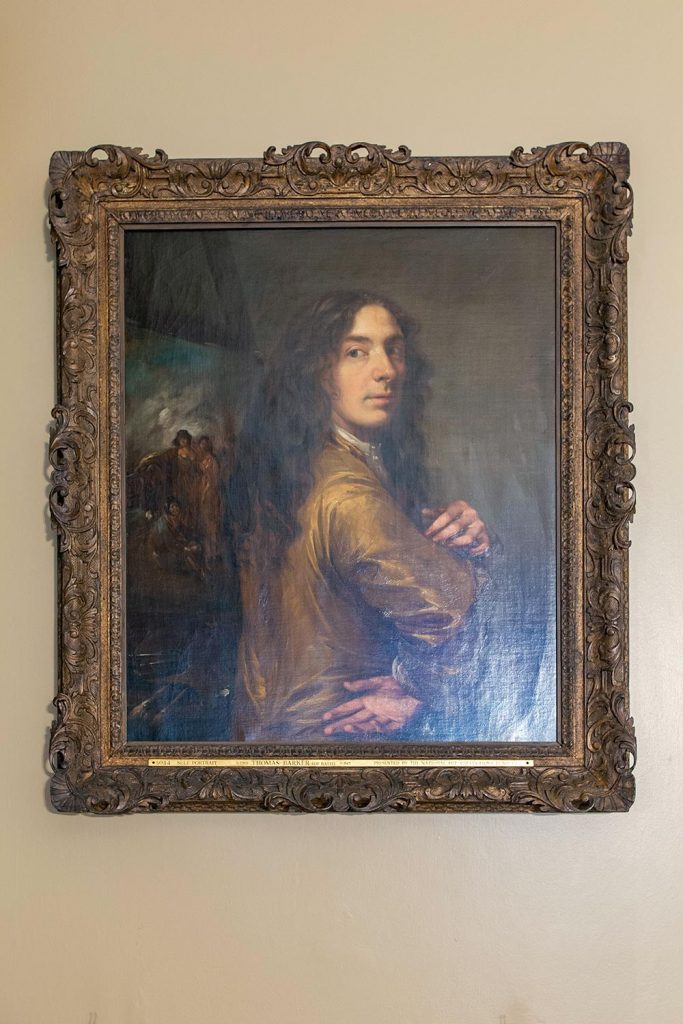The Dining Room was a formal, masculine room used for entertaining guests. Sober in style, it was a symbol of the host’s status in society.
The English dined ‘a la francaise’, a style where numerous dishes were placed on the table at once and diners helped themselves to whatever was closest. Servants cleared plates but did not serve.














